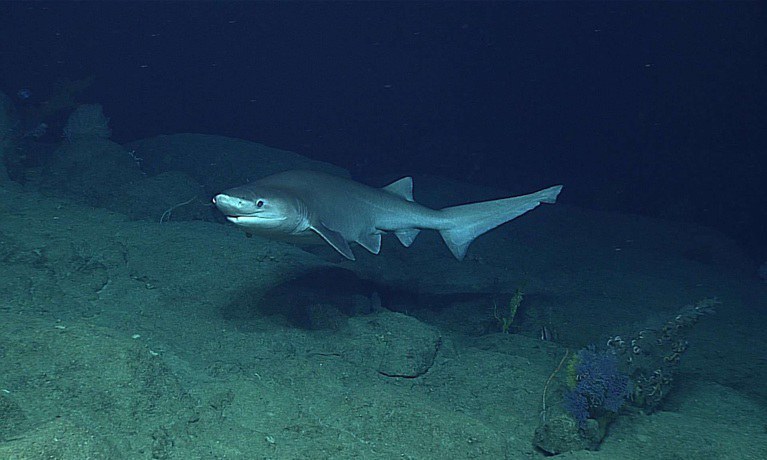The first oceanographic expedition of the PNRR MER project has been successfully completed: the Italian Institute for Environmental Protection and Research (ISPRA) has carried out an unprecedented exploration of the submerged mountains of the Mediterranean Sea.
Thanks to a sophisticated Work-Class ROV (Remotely Operated Vehicle)—a true robotic vehicle capable of operating at depths of up to 2,000 metres—researchers have mapped previously unstudied ecosystems, revealing extraordinary seascapes and discovering new species in the coral and sponge forests that thrive in the deep sea.
This marks the first oceanographic campaign as part of the PNRR Marine Ecosystem Restoration (MER) project – Intervention A14 Seamounts. The mission focuses on the large-scale mapping of 79 underwater mountains located more than 12 nautical miles off the Italian coast, at depths ranging from 150 to 2,000 metres.
While sailing through the Strait of Sicily, the ISPRA team documented eleven banks and seamounts, including Alfil-Linosa III, Avventura-Pantelleria-Talbot, Bannock, Bouri, Euridice, Madrepore, Pantelleria Centrale, Pinne and Urania, Cimotoe, and Empedocle—most of which had never been explored or studied before. The team collected crucial data for biodiversity conservation and geological risk assessment.
The images captured by the ROV revealed breathtaking underwater scenes: vast colonies of red coral at depths of up to 900 metres, dense fields of sea pens between 100 and 140 metres, and remarkable benthic biodiversity, including black and white corals, sponges, oysters, and giant barnacles.
The survey confirmed the vital role of seamounts as reservoirs of biodiversity, while also highlighting the impact of human activity. Ghost nets and marine litter were detected even at great depths, though in lower concentrations compared to coastal areas of the Mediterranean.
According to ISPRA researchers “The possibility of directly observing these ecosystems with high-definition cameras completely changes our perspective on life in the deep sea. The thrill of discovering intact habitats is comparable to that of the first explorers: we think we know what to expect but each dive, on the contrary, reserves unexpected surprises”.

